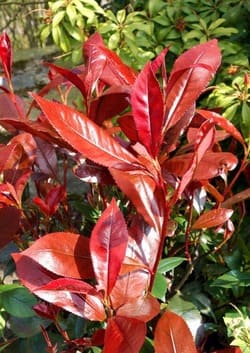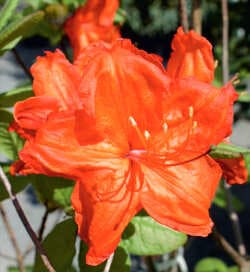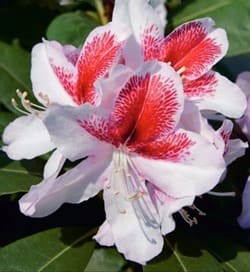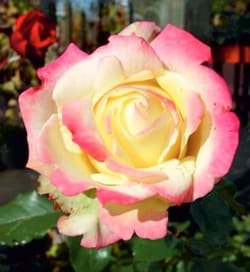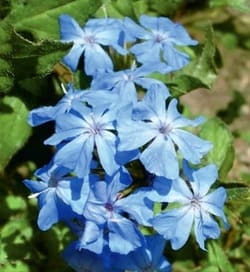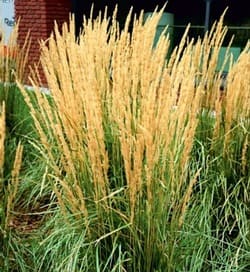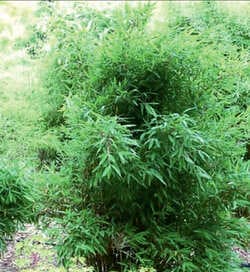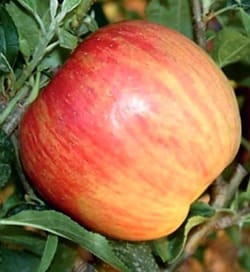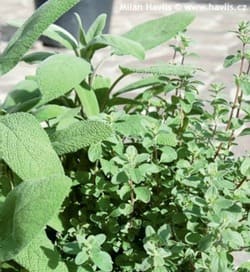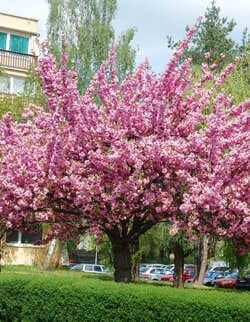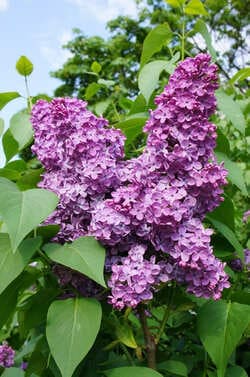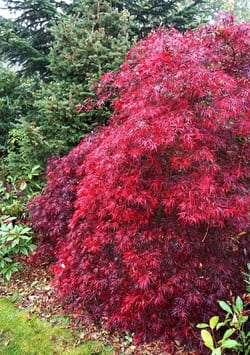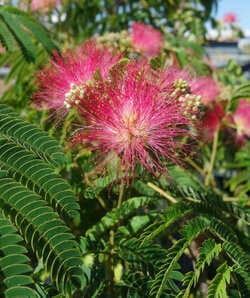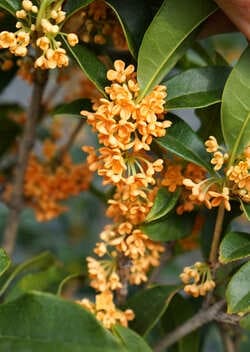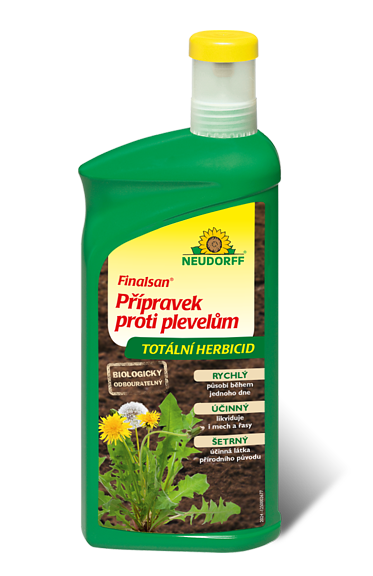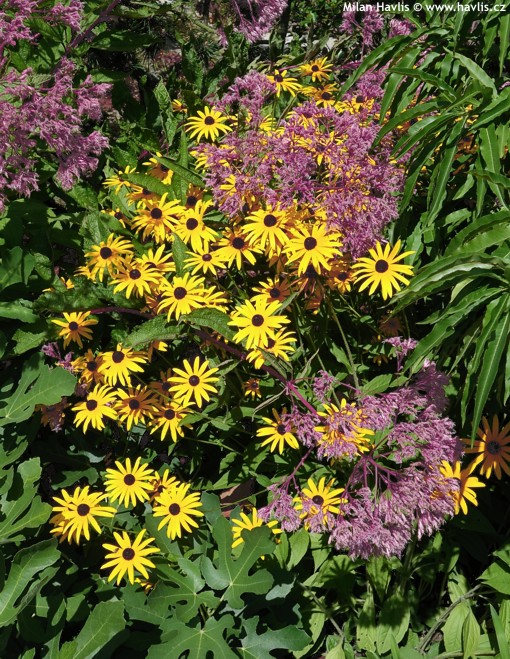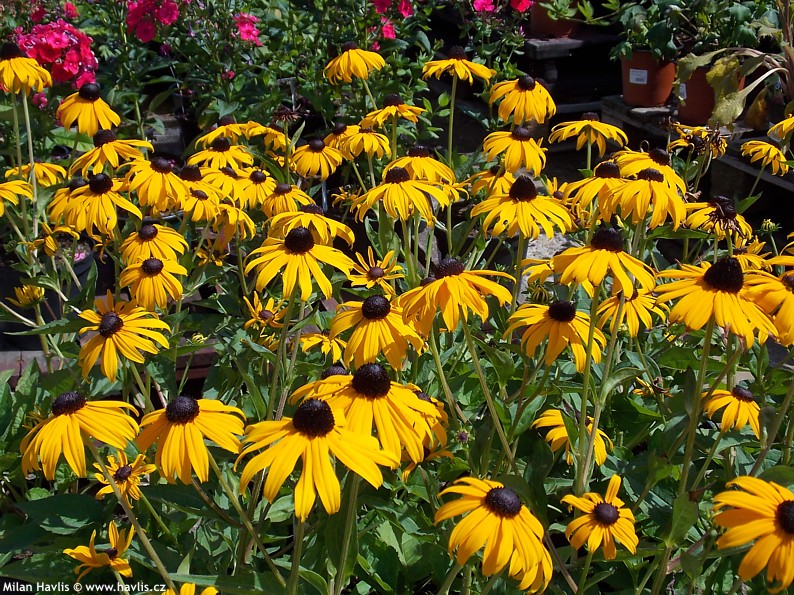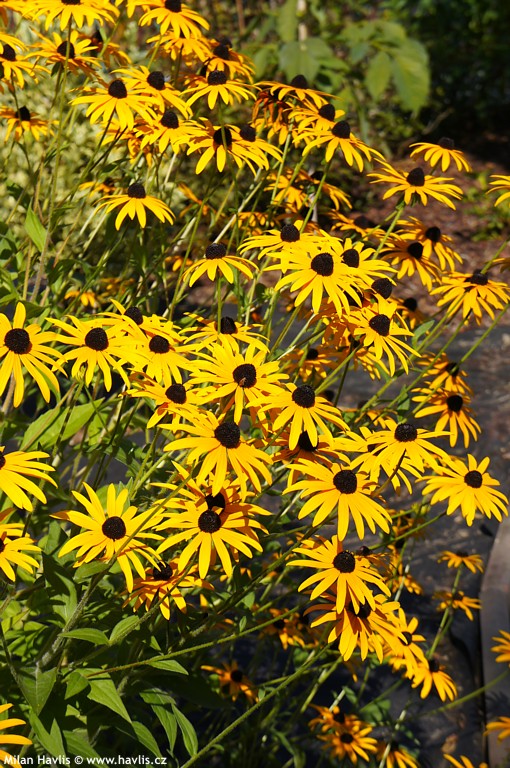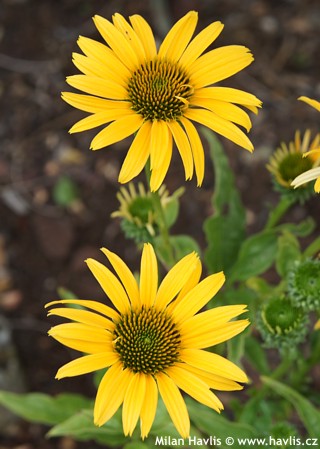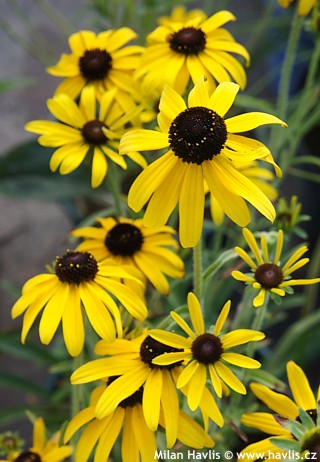Rudbeckia fulgida var.sullivantii 'GOLDSTURM' Black-eyed Susan
Rudbeckia
The genus Rudbeckia includes approximately 20–30 species of annuals, biennials, and perennials native to North America, where they naturally occur in moist meadows, prairies, forest edges, and riverbanks. Botanically, they belong to the family Asteraceae and are characterized by their distinctive flowers with a prominent dark center and ray-like petals, most commonly in shades of yellow. The genus was named by Swedish naturalist Carl Linnaeus (1707–1778) in honour of his teacher Olof Rudbeck (1660–1740), a professor at Uppsala University. Rudbeckias were introduced to Europe as early as the beginning of the 18th century – the first documented cultivation in England occurred in 1710, when botanist Johann Jacob Dillenius brought them there. Since then, they have become popular garden plants thanks to their resilience, long blooming period, and ease of cultivation.
The story of the cultivar 'Goldsturm' is almost like a botanical fairy tale. In 1937, a young gardener named Heinrich Hagemann noticed an exceptionally compact and profusely flowering form of rudbeckia in the Czech nursery Gebrüder Schütz in Olomučany near Blansko. He brought the plant to Karl Foerster’s nursery in Potsdam, Germany, where they began to cultivate, test, and promote it together. Due to the war, its market introduction was delayed, but in 1949 it was released under the name 'Goldsturm' – Golden Storm. Foerster recognized its potential, and thanks to his influence, the cultivar spread throughout Europe and not long after it conquered the world. In the USA, it became iconic thanks to landscape designers Wolfgang Oehme and James van Sweden, who used it extensively in their plantings.
Goldsturm is a black-eyed Susan variety so simple yet perfect, which is exactly why it became a global superstar. You can recognize it by its large, 8–10 cm wide, bright golden flowers with a dark center, resembling miniature sunflowers. The flowers are sturdy, resistant to rain and wind, and attract bees, butterflies, and admiring glances. The entire plant forms dense and relatively compact clumps about 60–70 cm tall, with sturdy stems and deep green, coarsely toothed leaves. It blooms from July to September, reliably every year, regardless of weather or the gardener’s mood. It doesn’t have good or bad years and slowly expands into larger clumps without being invasive. There’s no need to remove spent flowers – they last so long that by the time it’s necessary, it’s already autumn and not worth it. Botanically, this cultivar is classified in the sullivantii group, as its morphology matches this variety – rhizomatous growth, a higher number of ray florets, and sharply toothed leaves link it to plants originally collected by American botanist William Sullivant in the first half of the 19th century.
In the garden, Goldsturm is like a golden frame for a painting – it highlights everything around it. It is beautifully paired with blue and purple perennials such as salvia, nepeta, delphinium, or veronica. It also stands out next to ornamental grasses like stipa, pennisetum, or calamgrostis, which add movement and lightness. For large beds, you can plant it alongside red-flowering persicaria, whose inflorescences offer a perfect contrast. It suits natural plantings, urban flower beds, country gardens, and modern landscapes.
It’s undemanding in care – just a sunny spot and ordinary garden soil will do. It can withstand a period without water, but I’d like to point out that during hot spells and prolonged summer droughts, the lack of occasional watering can harm it. It doesn’t need much or often but watch the leaves and don’t let them wilt. Fertilizing isn’t necessary, though in very poor soils a small amount of compost or balanced fertilizer may help. You can clean up the clump before winter, but it’s not essential its seed heads are decorative even in winter. Just cut back the stems in spring; the basal leaf rosette usually remains evergreen. Its hardiness is excellent, easily surviving temperatures down to at least -34 °C (USDA zone 4).
Last update 29-01-2014; 30-09-2025









